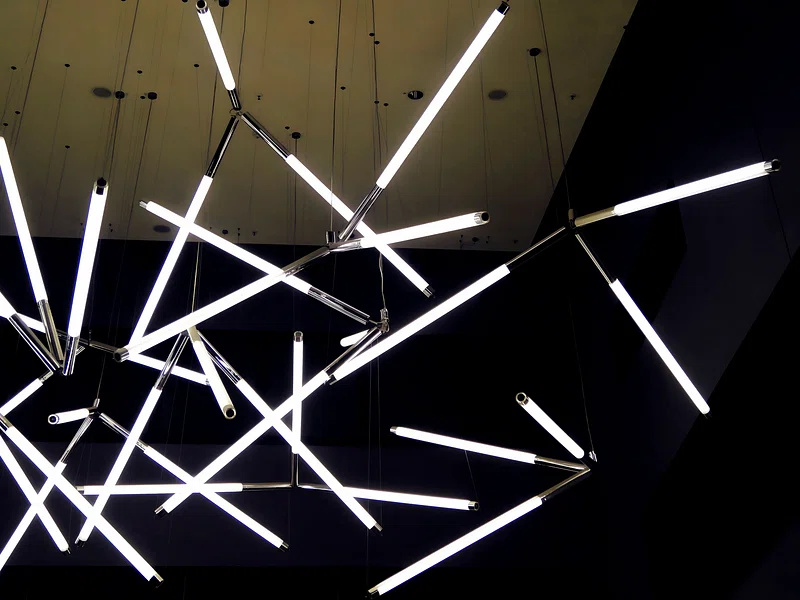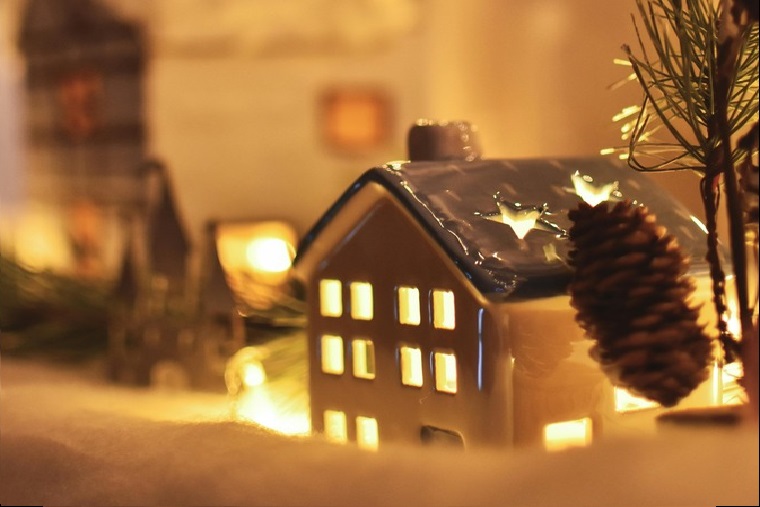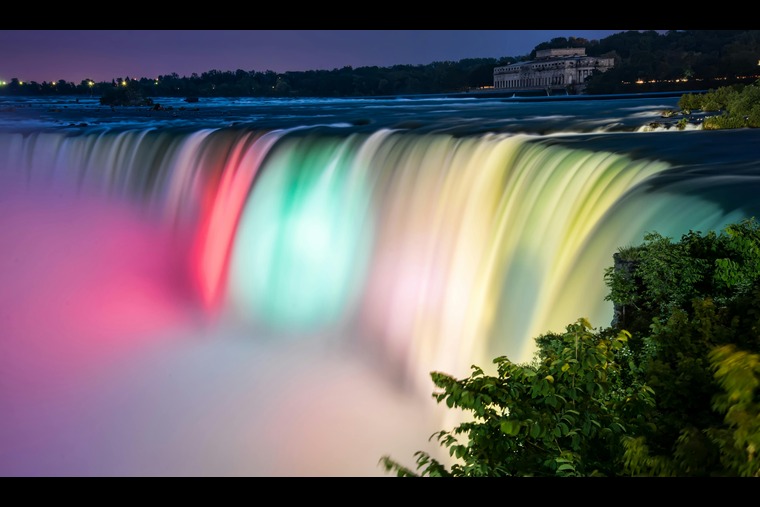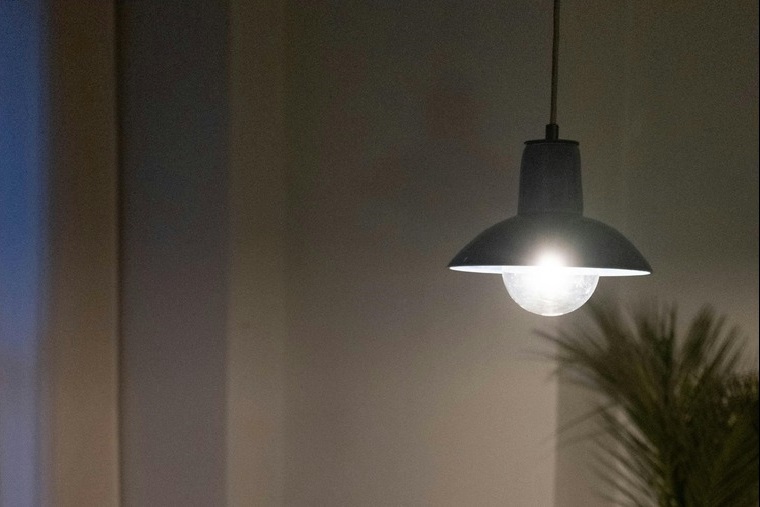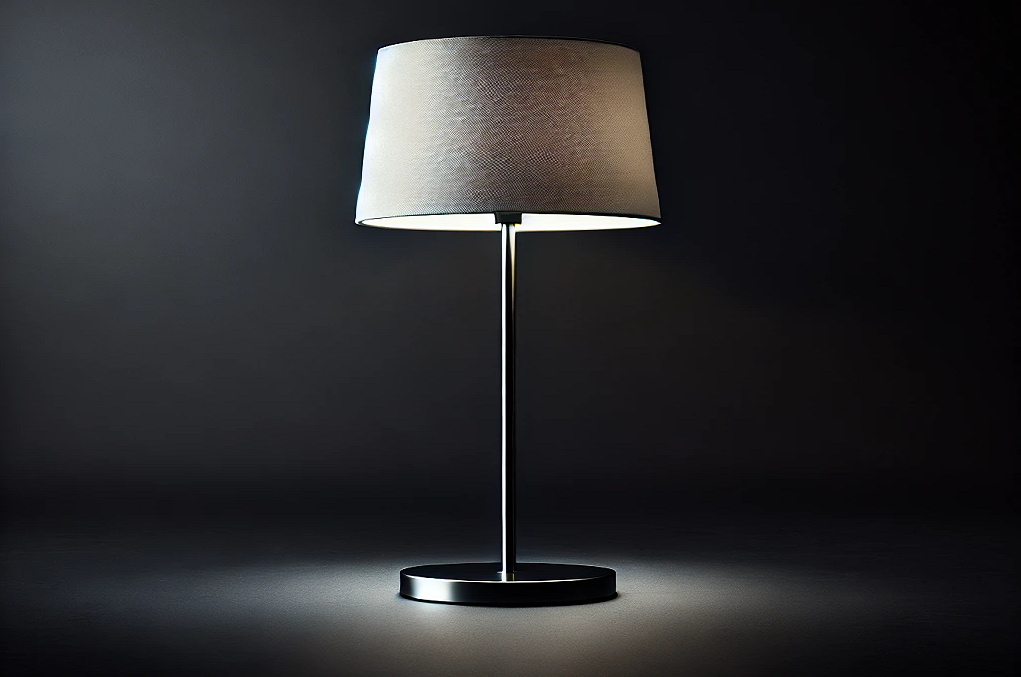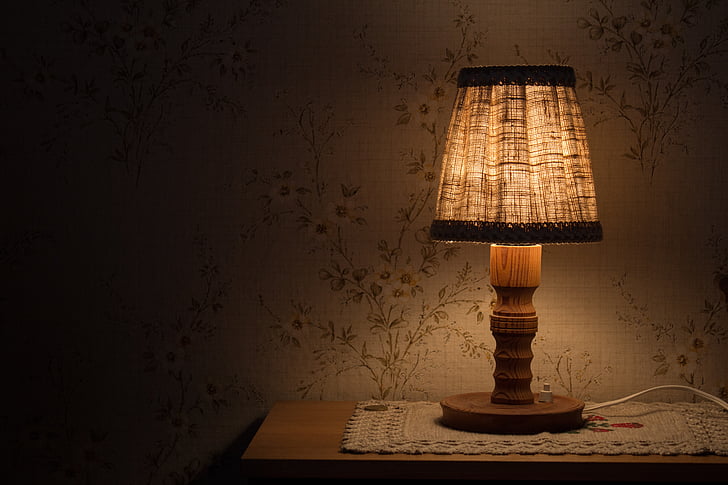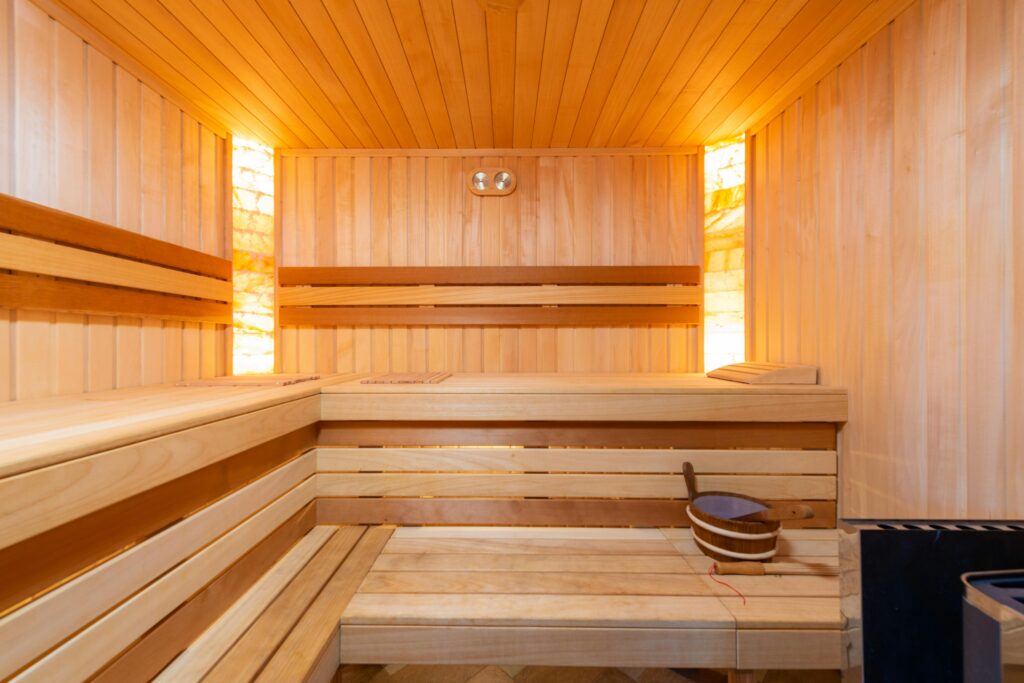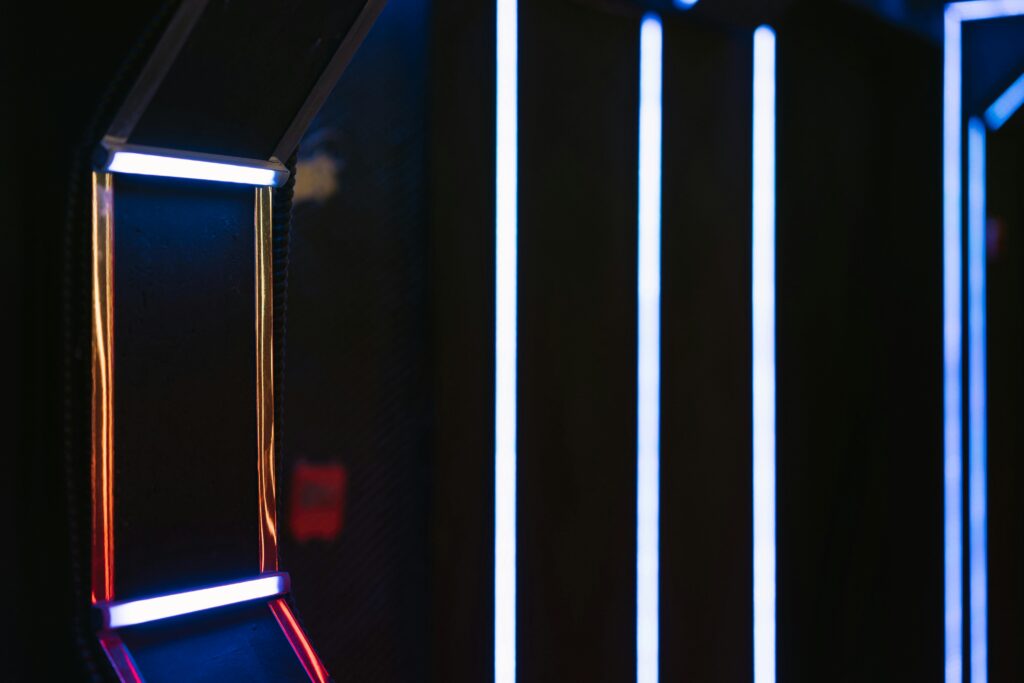Lighting plays a crucial role in interior design, impacting both the visual appeal and practical use of a space, as well as the atmosphere it creates for those within it. This article explores the diverse functions of lighting as designing, examining different types of lighting, their uses, and strategies for integrating them effectively into your design plans.
Types of Lighting
Ambient Lighting
Ambient lighting, or general lighting, lights up the whole room. It makes sure the space is evenly lit so people can move around safely. The aim is to create a soft light that reduces shadows. This makes the room comfortably bright.
Task Lighting
Task lighting is a type of light that focuses on specific areas where you do activities like reading, cooking, or working. It gives brighter, more focused light to help you see better and avoid straining your eyes during detailed tasks.
Accent Lighting
Accent lighting is designed to draw attention to specific features or objects within a space, like artwork, architectural elements, or decorative pieces. It enhances the room’s depth and dimension, adding visual intrigue. Common sources of accent lighting include spotlights, track lights, and wall-mounted fixtures.
Getting the right balance in lighting is important to avoid spaces that are too bright or too dark. There are three main types of balance:
Principles of Lighting Design
Balance and Proportion
- Symmetrical Balance: Lights are placed evenly, making the room feel balanced.
- Asymmetrical Balance: Lights are placed unevenly to draw attention to certain areas or features.
- Radial Balance: Lights spread out from a central point, creating a dynamic look
Layering Light
Layering light means using different types of lights together to make a room look and feel better. There are three main types:
- Ambient Lighting: This is the main light in a room, like ceiling lights, that makes sure the whole space is bright enough to see and move around.
- Task Lighting: These lights are for specific activities, like reading lamps or kitchen counter lights, helping you see better for tasks like reading or cooking.
- Accent Lighting: These lights add a special touch by highlighting certain areas or objects, like artwork or plants, making them stand out and adding depth to the room.
Color Temperature and CRI
Color temperature is a way to describe the color of light, measured in Kelvin (K). It can change how a room feels:
- Warm Light (2700K-3000K): This light has a yellowish tone, making spaces feel cozy and comfortable, like the light from a sunset or a candle.
- Cool Light (3500K-5000K): This light is more bluish and bright, making spaces feel lively and energetic, like daylight or the light in an office.
Color Rendering Index (CRI) is a score that tells you how well a light shows the true colors of objects. A higher CRI (90 or above) means colors look more accurate and vibrant, which is important in places like art studios or makeup rooms where seeing true colors matters.
Lighting Techniques for Different Spaces
Living Room
The living room is a place where you do many different activities, so it needs various types of lighting. For general brightness, you can use a chandelier or a ceiling light. For specific tasks like reading or working, table lamps are very useful. To make certain areas or decorations stand out, you can use spotlights to highlight things like artwork or special features. Combining these different lights makes the living room both functional and attractive
Bedroom
The bedroom should feel calm and relaxing. To create this atmosphere, use soft, warm lights from ceiling fixtures or wall-mounted lights. For activities like reading, bedside lamps are very helpful. You can also use accent lights to highlight artwork or special features in the room. Combining these different types of lighting makes the bedroom cozy and functional
Kitchen
In the kitchen, having the right lighting is very important for preparing food. Under-cabinet lights are great because they shine directly on the countertops, making it easier to see what you’re doing. Pendant lights hanging over the kitchen island not only help with tasks but also look nice and add a decorative touch. For overall brightness, recessed lights in the ceiling work well. Using these different types of lights together makes the kitchen both practical and stylish
Bathroom
In the bathroom, it’s important to have bright and even lighting for tasks like grooming. You can use vanity lights around mirrors to help with activities like shaving or applying makeup. For overall brightness, recessed lights in the ceiling work well. To add a special touch, you can use accent lights to highlight decorative elements. Combining these types of lighting makes the bathroom both practical and stylish
Commercial Spaces
In commercial spaces like offices and retail stores, lighting is very important for both productivity and customer behavior. Offices need bright, cool lights to help employees stay alert and focused on their work. In retail stores, accent lighting is often used to highlight products, making them more attractive to customers. Using the right lighting in these spaces can improve work efficiency and enhance the shopping experience
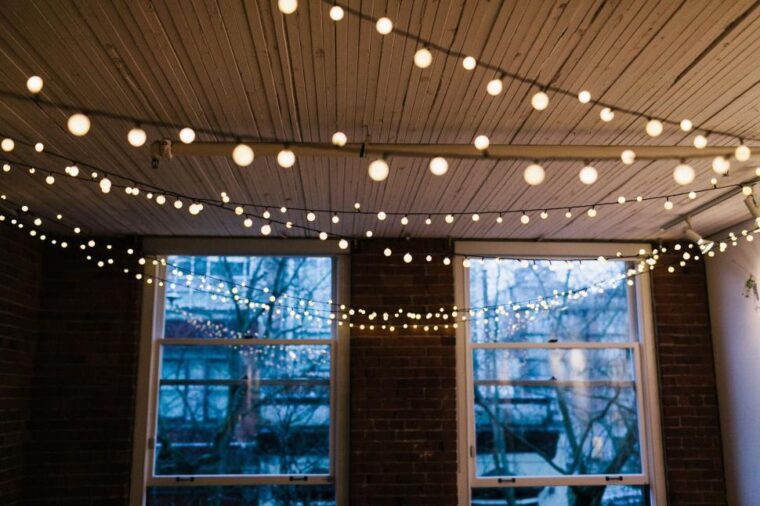
Outdoor Lighting
Outdoor lighting is used for safety, security, and aesthetic purposes. Path lights, wall lights, and spotlights are some of the commonly used fixtures. Outdoor lighting should be layered to enhance the beauty of the garden, patio, or entrance while providing safety.
Advanced Lighting Design Techniques
Advanced lighting techniques can make a big difference in how a space looks and feels. Using dimmers allows you to change the brightness of lights to suit different moods or activities. Smart lighting systems can automate your lights, making them turn on or off at certain times or adjust based on your preferences. You can also use lighting to create focal points, drawing attention to specific areas or features in a room. It’s important to think about how natural light works with artificial light to create the best effect. This way, you can make the most of both types of light to enhance your space
Using Natural Light in Design
Natural light is one of the best things you can use in lighting design. When used well, it can make a room feel open, lively, and connected to the outside world. Features like large windows, skylights, and light wells help bring in more natural light. Designers also use reflective surfaces and mirrors to spread the light around the room more evenly and make it even brighter. This way, natural light can make any space feel more welcoming and vibrant
Common Mistakes to Avoid
Here are some common lighting mistakes explained in simple words with more details:
- Too Much Light: Having too much light can be harsh and make the room uncomfortable.
- Too Little Light: Not having enough light can make the space feel dark and gloomy.
- Wrong Color Temperature: Using lights with different color temperatures can make the room look unbalanced and odd.
- Bad Placement: Placing lights in the wrong spots can cause shadows and glare, making it hard to see properly.
Avoiding these mistakes can help create a more comfortable and visually pleasing space
Conclusion
Lighting is a key part of interior design that does more than just light up a room. By learning about different types of lighting, design principles, and tips for each room, you can make spaces that are both useful and beautiful. Good lighting design improves the overall feel of a space, making it more enjoyable and comfortable to be in. Thoughtful use of lighting can transform a room, enhancing its functionality and aesthetic appeal, and creating a more pleasant and inviting atmosphere
FAQs
Q1. What are the four elements of lighting design?
There are four basic elements of lighting: direction, quality, lighting ratio, and control.
Q2. What are the qualities of lighting design?
These basic qualities of light are; INTENSITY, FORM, COLOR, DIRECTION and MOVEMENT
Q3. What are the two kinds of lighting design?
There are three main types of lighting: ambient or general lighting, accent lighting, and task lighting
Q4. What is the concept of lighting?
Lighting or illumination is the deliberate use of light to achieve practical or aesthetic effects.
Q5. What lighting is most attractive?
ost all lighting designers and interior designers agree that the most flattering light comes from lighting sources with a color temperature of 2700 Kelvins.

